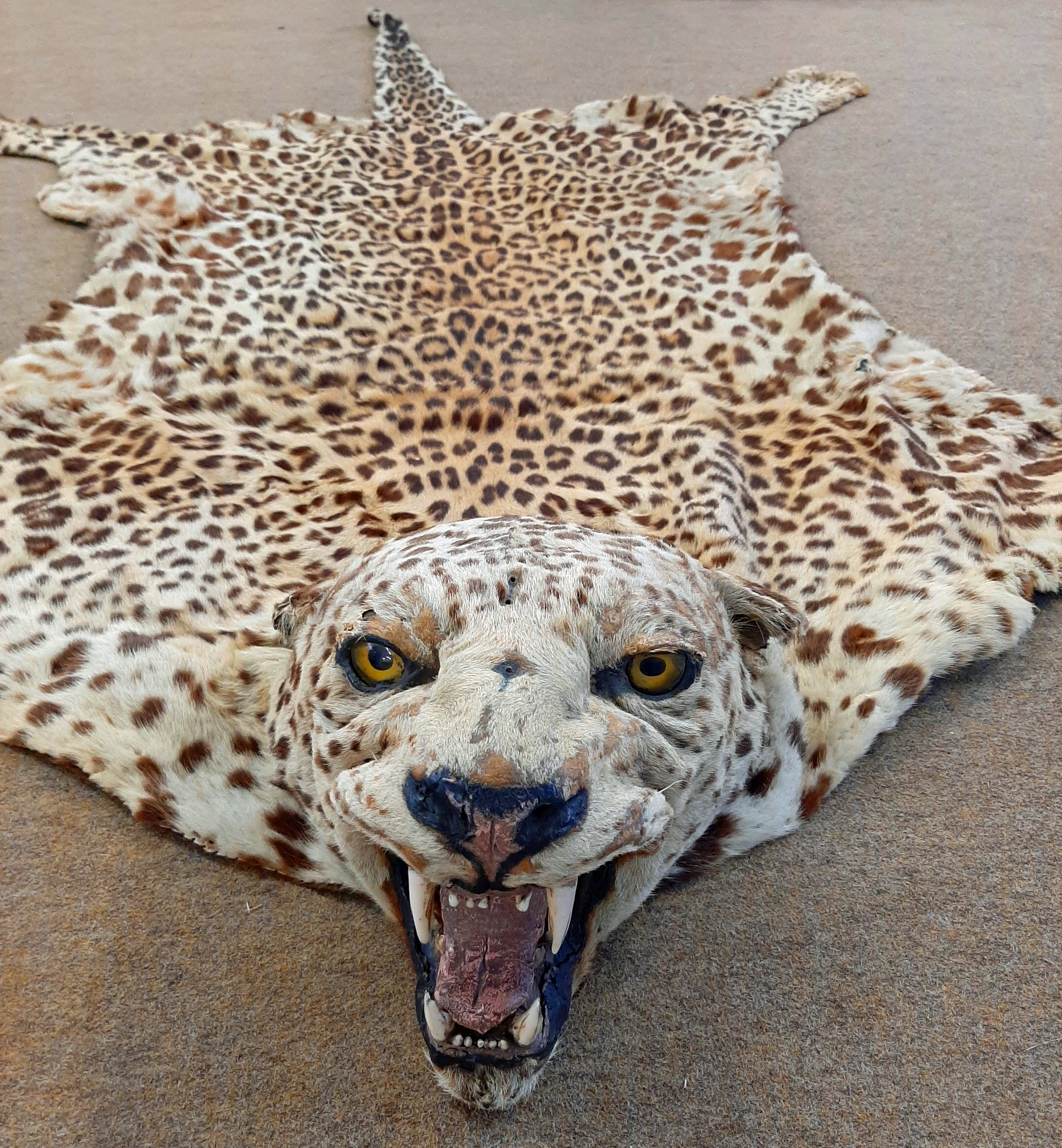

01/09/2023 General News
With our extensive rural habitats, wetlands, coasts and marshes, and one of the richest biodiversity of birdlife anywhere in the country, it’s not surprising that Norfolk is a real centre for ornithology and the appreciation of the wider world of wildlife, writes Oscar Crocker.
Because we can drive ourselves up to the cost to see the wildlife for ourselves, watch wonderful TV programmes made by the likes of David Attenborough, and see any animal on earth at the click of a mouse, it is easy to forget how difficult it was in times gone by for anyone to experience our natural world for themselves.
This is why taxidermy became so popular, especially in Victorian times. For most people, stuffed animals – or paintings of wildlife – were the only way they could learn about the natural world. It is easy to be judgemental, but for city-dwelling Victorians, Springwatch was still more than a century in the future!
Nowadays, the law rightly offers much more protection to animals, especially endangered species. Whilst you are still allowed to buy and sell pieces from the past, modern taxidermy is very closely regulated, with restrictions on what animals can be used, and on imports and exports. It essential to buy and sell through a respected dealer or auction house, so that you know what you are doing is legal and ethical.
Interestingly, interest in taxidermy is enjoying something of a resurgence, especially among the younger generation. One area with wide appeal is anthropomorphic taxidermy, where the stuffed animals are given human traits and characteristics. Practitioners such as Walter Potter (1835-1918) and Peter Spicer (1839-1935) created tableaux such as squirrels at school desks and animals boxing, and their work is very sought after in the saleroom today.
Perhaps because of its abundance of wildlife, Norfolk was something of a centre for taxidermy, with practitioners such as Thomas Gunn in Norwich and Walter Lowne in Great Yarmouth enjoying national reputations.
Thomas Gunn was a very well-known and respected field biologist as well as a taxidermist, and spent many hours observing wildlife, this is one of the key reasons his pieces are so lifelike; when you see a Gunn stuffed bird, you can almost imagine it still breathing. His business was located on St Giles Street, and carried on after his death in 1941 under the care of his son, Frederick.
Although not to everyone’s taste, there is no disputing that taxidermy is an art; it may require a sound grasp of anatomy, but it also calls for creativity and artistry. The best pieces capture the grace and movement of the animal, as well as placing it in a case and background which reflect its natural habitat.
Keys’ Wildlife, Sporting & Ornithological Sale, featuring many taxidermy pieces, lots of wildlife art, and many books on the subject, takes place on Wednesday 13th September.